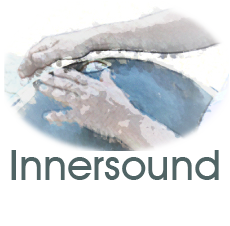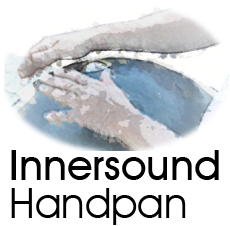Innersound Handpan
We have been building our Innersound Handpans ourselves since 2008. Since every tuner has his or her own „fignerprint“, the very same pitch can have a very different timbre on instruments made by different tuners. Here at Innersound, we love a slightly muted, warm, and meditative sound. This tone quality is what makes handpans instruments so unique. We make all of our instruments independently in our small Berlin based workshop.
We make all of our instruments independently in our small Berlin based workshop. Every touch creates a sound. You can even create and play with notes in between the tone fields, on the back and around the gu (round opening).
We conjure up beautiful moods with our Innersound instruments by using various tunings and tonalities. Visit us in Berlin and let yourself be touched by the sound of an Innersound Handpan.
The instruments in our showroom are available for immediate purchase.
We will need to make any scales that are currently not in stock in the showroom. Tunings that are currently not available can be produced on request.
There are many Innersound videos on YouTube; let yourself be inspired by the varying tonalities.

